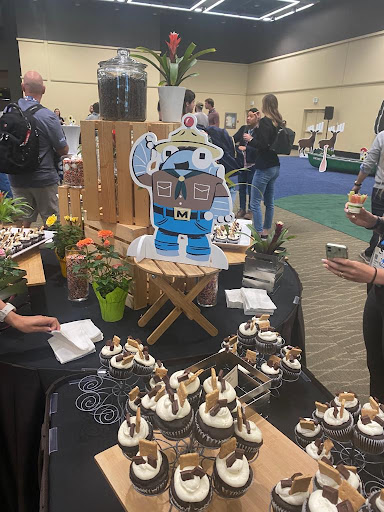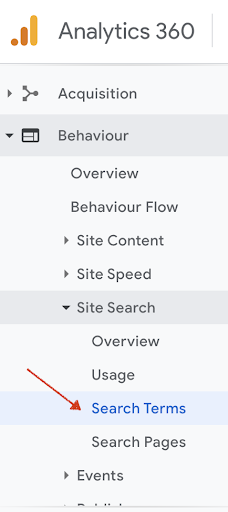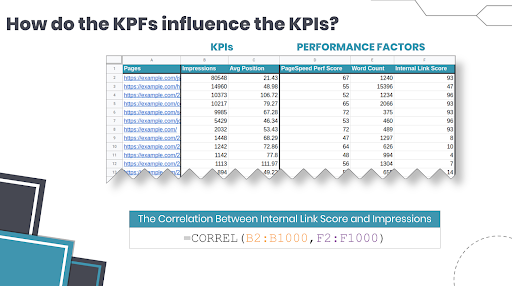MozCon is one of the biggest training events in the world of SEO. But if you haven’t heard of it before, don’t worry – I’ll do my best to let you know what it’s about, how it went, and why it’s so helpful for SEO professionals.
It’s unfair to start without thanking Lidia Infante – who kindly gave her guest ticket to Re:signal who then organised this incredible trip to MozCon. It was my first time there, and I found it AMAZING!
Through my role as Senior SEO Analyst at Re:signal, I support SEO strategies for a collection of well-known brands and am always looking for ways to learn and improve.
In this article I will share with you:
- What is MozCon
- My MozCon experience
- What did I learn – The 3 Top Findings
- New tools discovered during the event
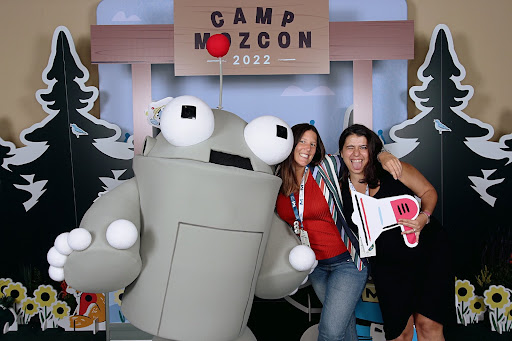
What is MozCon?
MozCon is organised by the group Moz – a software company that provides SEO and data management solutions to help businesses increase traffic, ranking, and visibility.
The event’s organisers describe MozCon as “like a summer camp for marketers“. It takes place once every year in Seattle over three days in August. It offers a unique opportunity for digital marketers to immerse themselves in, and learn more about SEO from real industry experts – or should I call them gurus?! To be fair, it doesn’t matter if you’re still learning the basics or if you’re already well-versed in search engine land – you’ll find relevant talks and training wherever you are in your career.
Over the three days, I was there, I met people from different industries and different contexts – both in-house, or from an agency, like me. Everyone is there to learn about search, and you could even find people who were just curious about SEO.
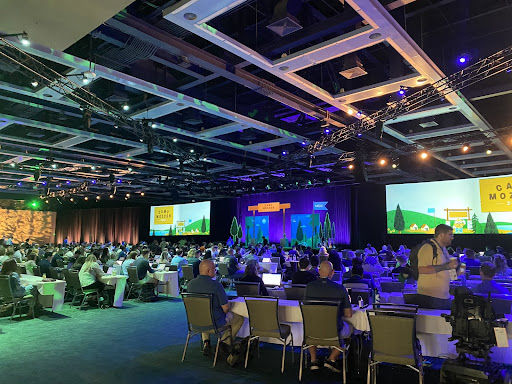
The event was incredibly well-organised. All the talks happened on one stage, so I never had to worry about missing anything important or deciding which topic to attend. This is definitely a plus because sometimes at conferences you have to deal with a tight agenda and overlapping talks that you don’t want to miss. This was not the case at MozCon, and there was a good alignment between topics and a great balance during the days.
I also need to highlight how the event space was set up; it looked like we’d been transported to a genuine summer camp. There was space for everyone to sit and a table where you could place your computer or notebook to take notes.
While listening to talks can become overwhelming at the end of the day (which is pretty normal when attending these kinds of conferences), I also felt there was also plenty of time to network during coffee breaks and lunchtime. There was a perfect balance between both, and this was, once again, great!
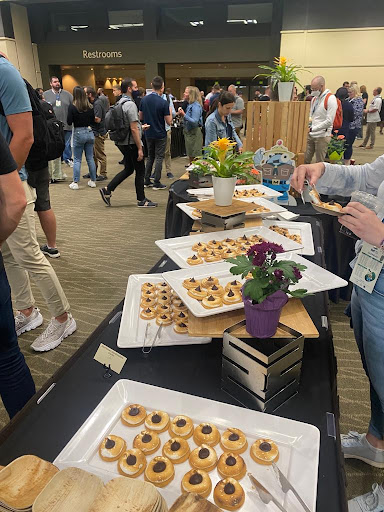
I also want to give a special thanks to Areej AbuAli, the founder of the Women in Tech SEO (WTS) community. One of the most important things about these events is the networking opportunities they provide. I have to admit, attending a conference like this by myself was a bit intimidating. Jetlag didn’t help either. Thankfully, the WTS community helped me to meet amazing colleagues who were in the same boat as me. Meetings during lunch breaks offered a great way to introduce myself to new people which eventually led to connections on Twitter and LinkedIn to stay in touch after the conference.
What was my experience of MozCon?
As I mentioned, it was my first time attending MozCon, and it was very rewarding both in terms of the experience and the knowledge I gained. The line-up of speakers was outstanding, and each talk was very insightful. I found there were several talks where I came away with new ideas and resources to help me in my current and future projects.
In addition to acquiring knowledge, networking events were an important, and I would even say essential, part of the conference. Moz organised numerous side events at nice places for drinks and food – I had a lovely time on these social occasions. It was a great experience to meet the so-called SEO gurus and share ideas with them since I am still in the early stages of my SEO career (you never feel that you know enough!) and a great opportunity for me to share what Re:signal does and introduce myself!
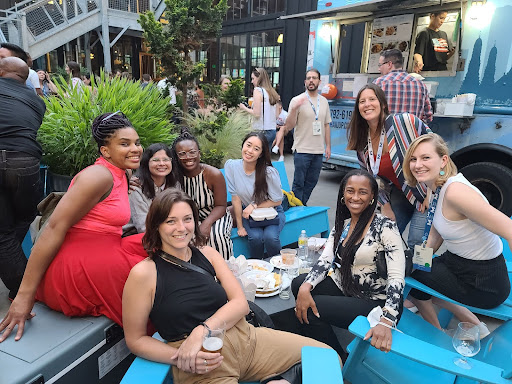
What did I learn?
MozCon covered a lot! There was everything from technical strategy, content gap strategy, local SEO, link building, testing, or the future of SEO.
I was lucky to attend 32 amazing talks (yes, 32!!!), which you can access here. As I am unable to share all of them with you, I have highlighted three that I’ve found extremely insightful in my daily role.
Finding 1: “Not all visibility is ranking. Not all ranking is visibility.”
This was the first talk of the event, and it couldn’t have been a better choice as an opener.
For those who use SERPs to determine what content is relevant to their target query, Andy Crestodina shared SEO strategies that drive visibility without rankings. He also explained that we must go beyond writing and coding.
Currently, this is what Google’s SERPs display:
- videos
- images
- directories
- big blogs
- associations
- user-generated content sites
- service pages
- articles
- star reviews
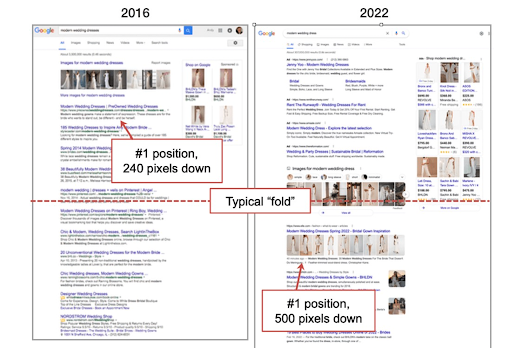
It is our job as SEO professionals to create content that Google wants to show users for the terms we are targeting. Andy explained that as an SEO pro, we shouldn’t focus solely on the keywords on a page, but also on digital PR, videos, images, guest posting, reputation management, and business development.
- TIP 1: If big blogs and media sites outrank us, our job is to do Digital PR, by trying to have our information on the media site or blog.
- TIP 2: If SERPs display questions (PAA feature) from Quora, these are opportunities to provide the best answer. Also, ensure your content strategy includes all of the questions they have about your business/industry.
- TIP 3: If a key phrase turns up a directory result, optimise that directory listing. That’s SEO too! Directories rank because they solve the user’s intent, so it’s important to be there.
- TIP 4: Consider adding keywords like “buy” on commercial pages’ title tags. This helps the commercial-intent visitor filter out informational pages.
It’s not about rankings and traffic. Not all visibility is ranking. Our job as SEO pros is to make the brand visible and increase awareness of that brand.
Andy turned a few highlights from this session into a post: Check out the 8 SEO Strategies that Drive Visibility without Rankings.
Finding 2: How to avoid the most common issues and maximise e-commerce organic search growth
Since my work is very related to e-commerce, Aleyda Solis’ talk was incredibly helpful. There was information that she shared about e-commerce SEO that everyone who does technical SEO needs to know. In this presentation, I learned about the most common issues, and how to effectively address them at scale, before they become real nightmares.
Nightmare 1: Internal search results and cannibalising categories
- Issue: Cannibalisation issues through internal search results can make you rank for non-relevant or even spammy terms. This happens when we decide to index internal search results to attract traffic.
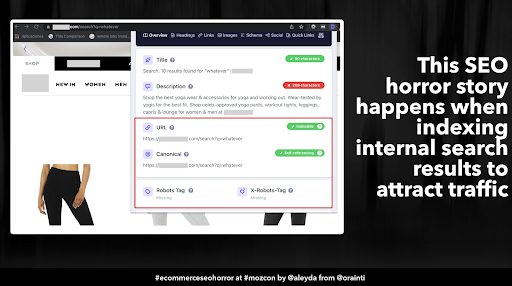
- How to solve this: Add a canonical tag to an indexable alternate category – but remember, it’s important to point to actual alternate pages, not the home page. Or we can solve this by setting up a 301-redirect to relevant indexable categories.
Additional tip: Check your Search Terms on your Google Analytics Account to identify new potential categories to create that you may be missing. Go to Behaviour > Site Search > Search Terms
Nightmare 2: Lack of unique commercial content in categories pages
- Issue: Categories are the most important pages and usually drive the majority of traffic. However, without any descriptive and optimised text, it’s hard for them to rank. On the other hand, a big chunk of text can confuse Google about the page’s intent and will be considered content that’s not useful.
According to John Mueller from Google: “Our algorithms sometimes get confused … when they have a list of products on top and essentially a giant article on the bottom”
- How to solve this:
- Whenever possible, show as many products per page as possible and ensure the products are visible to users by blending with the product listing design
- Conduct keyword research to find suggestions based on content nature and incorporate them into the page content
- Identify informational-driven queries to address customer doubts and integrate those FAQs on the category page to support sales
Nightmare 3: Product pages with poor description content
- Issue: Product pages are the best driver of traffic for long-tail keywords. And, unfortunately, many product URLs end up not being indexed. Or if the URLs have small unique content, Google tends to leave them out of their index.
- How to solve this:
- Use your own support product insights to generate FAQs on product pages
- Use different metadata to distinguish similar products
- Improve the SERP snippet of your products by using structured data to specify their characteristics
- Consider consolidating product URLs that are very similar to avoid duplicate content
- Incentivise users to leave reviews after their purchase
Nightmare 4: Seasonal pages that lose traffic
- Issue: Seasonal pages (for example: sales, Black Friday, Cyber Monday, and Mother’s day) play an important role on e-commerce sites, and most websites waste the popularity of the seasonal pages by changing the URLs.
- How to solve:
-
- Never change the seasonal URLs (only change the metadata)
- Never add the years in the URL
- Always keep the URLs indexed. When the season is not ‘on’, remove it from the main navigation or home page
- If you need to modify URLs, set up a 301 redirect and don’t forget to update the links and XML sitemap.
There are more nightmare stories that can help prevent these issues. You can check Aleyda’s presentation here.
Finding 3: Key performance factors and indicators can help you better understand the most impactful elements of your SEO strategy.
I found Joe Hall’s talk super useful because what he shared is so important when performing SEO audits. When the client cannot implement all of our recommendations, it is our responsibility to help the client to determine where to invest time and money to maximise impact.
His presentation began with a story. Some time ago, he developed an audit for a large eCommerce website with around 75,000 product pages. Although the client liked the report, they needed time to create a project plan since they didn’t have the time/budget to implement all the recommendations.
Prioritising tasks is a really common struggle. How can we better help our clients with this? Early on we need to prioritise impact to drive results and keep things moving. Joe explained that through data we can make execution easier and get results faster!
What’s IMPORTANT for SEO isn’t always IMPACTFUL. We need to focus on what will have more impact for the client. The results will come faster, and the client will be more motivated.
As a result, we need to evaluate the following metrics before proceeding:
- Key performance indicators (KPIs) for the specific domain help to evaluate the success of a particular activity or effort. Examples of KPIs:
- Organic Sessions
- Impressions
- Organic Bounce Rate
- Click Through Rate
- Organic Conversions
- Average Position
What KPIs should we use? Whatever makes sense with the business and that is closely aligned with the business objectives.
- Key performance factors (KPFs) Any element or task that can be measured that rates as critical for influencing the target KPI or other metrics. Examples of KPFs:
- Number of backlinks
- Internal link score
- Word count
- Pagespeed score
- % duplicate content
- Crawl errors
What KPFs should we use? Choose them based on the specific problem you’re trying to solve and align them with your recommendations. E.g., “word count” might be a KPF for “create unique content“.
After KPIs and KPFs are identified, we need to put together a dataset with all the URLs we’re analysing and the relevant KPIs and performance factors for each. This data can be easily pulled out with Screaming Frog with various APIs. Look at this table below created by Joe:
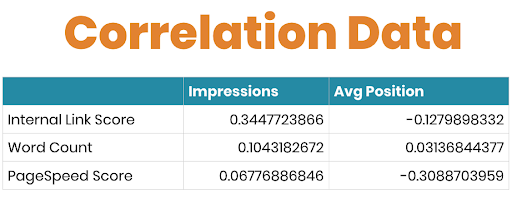
With this table, we can look at which of our KPFs correlates best to the KPIs. This will tell us which optimisations are most likely to be impactful to those specific KPIs.
As Joe said, “Key performance factors and indicators can help you better understand the most impactful elements of your SEO strategy.” Once we identify what the client cares about, we can then work backwards to create the most effective content strategy to achieve our business goals.
New tools discovered during the event:
I learned about several exciting new tools at MozCon which I hope to start using soon. These include:
TermSuggest.com was developed by Joe Hall. This tool uses Google’s Query Suggest API to populate popular terms for content marketing research.
This tool was mentioned in Lily Ray’s talk. The tool converts text into structured facts about entities, sentiments, and relationships. This is interesting to get an idea of whether our piece of content explains itself well through the structure.
This tool was mentioned in Tina Fleming’s talk. WAVE helps authors make their web content more accessible to individuals with disabilities. Also, it can identify many accessibility issues, but also facilitates human evaluation of web content.
This tool was mentioned in Jackie Chu’s talk. SEORadar helps with day-to-day monitoring and understanding of why website search ranking dropped. You can set up custom alerts to receive changes in metadata, meta robots, schema, hreflang and much more.
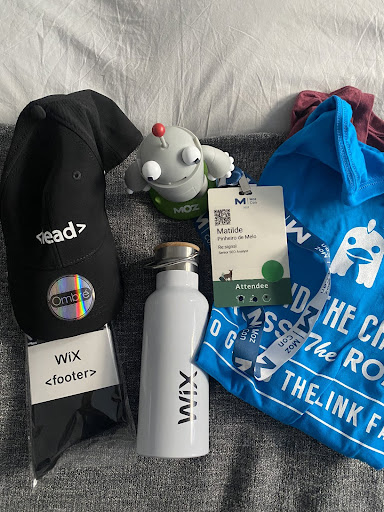
As you can see, MozCon provided an incredible opportunity to learn, grow and develop my career. I had a really good time in Seattle, and I’d encourage my colleagues to attend next year. I also want to thank Re:signal who funded my trip. And by the way: Do you know we have a generous training budget as part of other incredible perks? Are you curious? Just check out our careers page – we are hiring! Just saying. 😊

